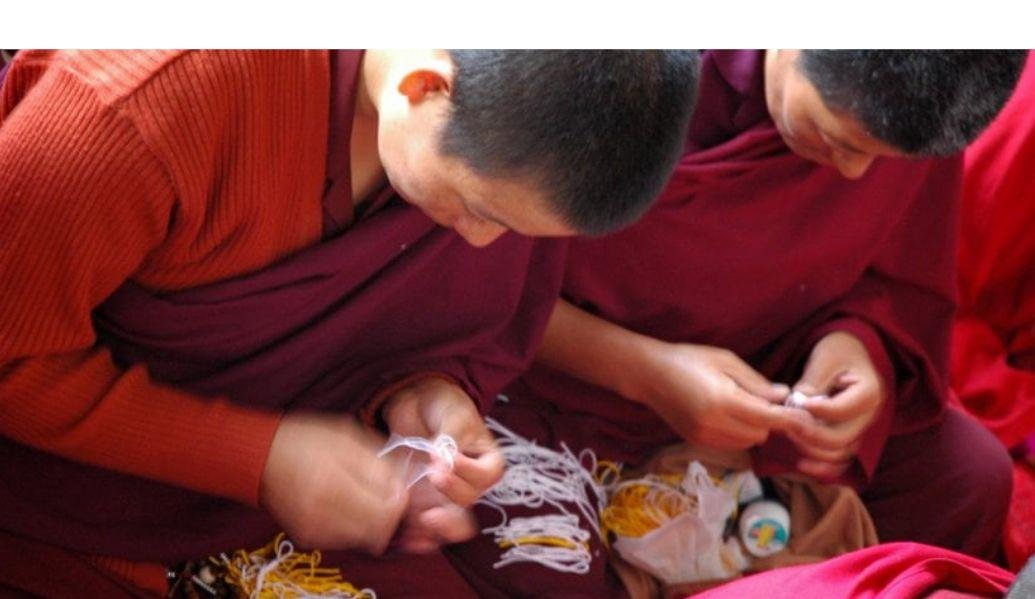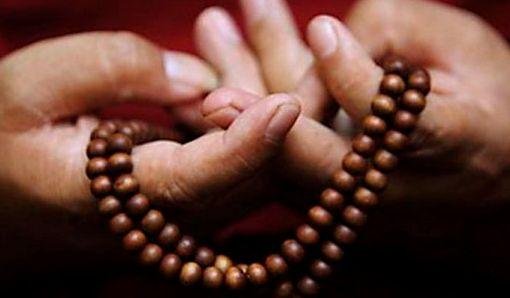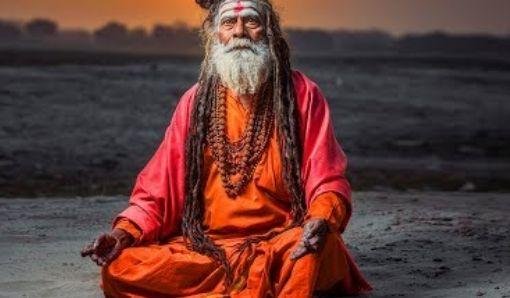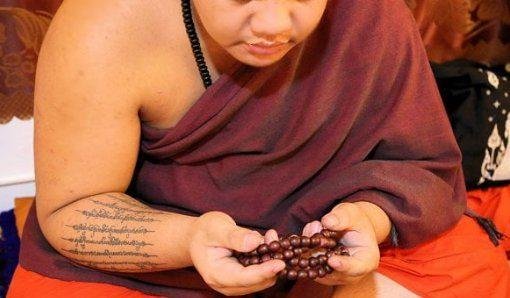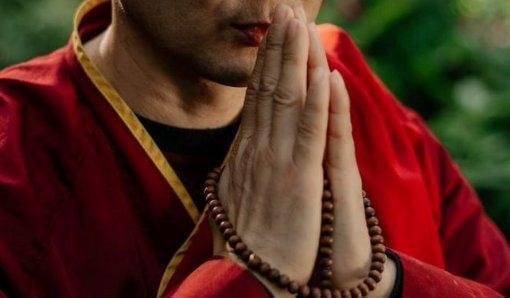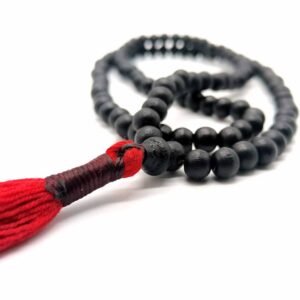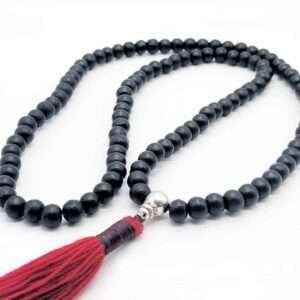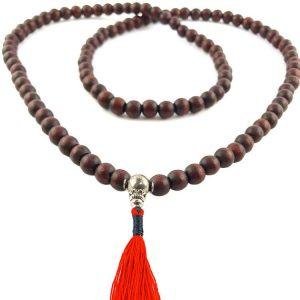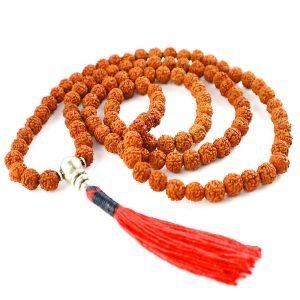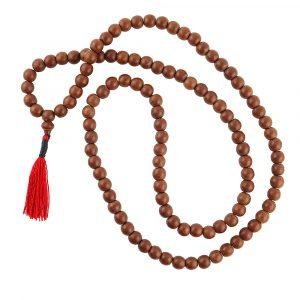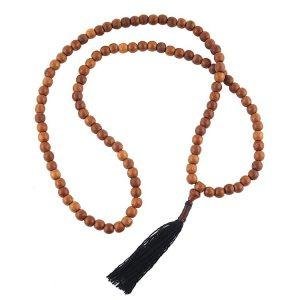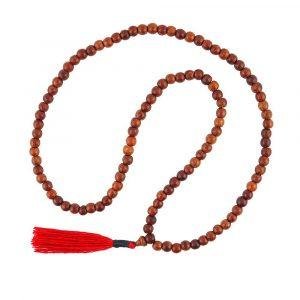How Buddhist Prayer Beads are Made?
When it comes to the manufacturing of Buddhist Prayer Beads, or Mala Beads there are as many ways to make Buddhist Prayer Beads as their are people making them. We are going to look at the core aspects of how Buddhist Prayer Beads are made that include:
The Traditional Way: How Buddhist Monk Prayer Beads are made
The Modern Way: How many of the Prayer Beads available online today are made.
Quick Reference - Table of Contents
ToggleMonk Mala’s Way to Make Buddhist Prayer Beads and Mala
Our beads are sourced from all over the country, such as the craft village Baan Tawai on the outskirts of Chiang Mai, Thailand. The beads are usually made from Teak or Tamarind wood. Stone and bone beads are sourced from similar small businesses from Burma, while our Guru beads from a Thai silversmith. These components are taken to the tassel maker, at Chiang Mai’s Doi Suthep Temple when they are assembled.
This process is almost identical (only difference is, we sometimes add a distinctive silver guru bead), to the Mala’s available at the Temple and used by the Monks.
We then collect each Mala, package them, and as each one is sold, they are presented to a Sak Yant Monk for an individual blessing and then shipped to the customer.

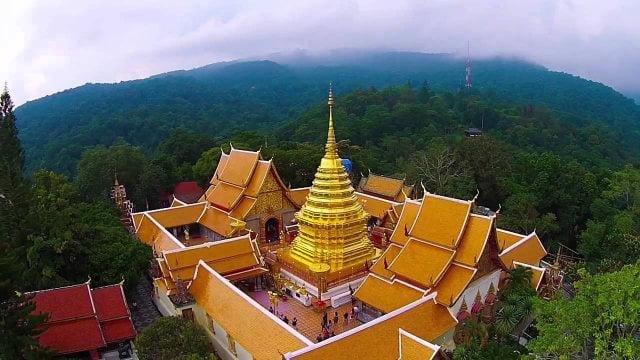
The Modern Way of How to Male Buddhist Prayer Beads
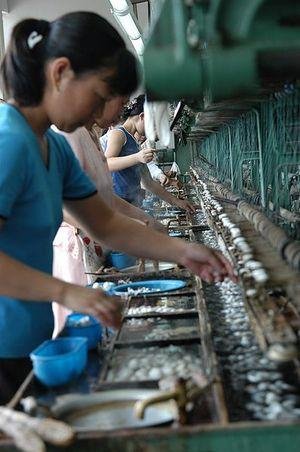
Today almost all Buddhist Mala’s available online have there materials sourced from factories in China. The factories are mass producing Mala beads AND complete Prayer Necklaces. Even the cheaper wooden Mala Beads available in Asian street markets for tourists are made in bulk and shipped to wholesalers for resale to the market stalls.
With the advent of sites like Ebay and Amazon, it has become very difficult to find Buddhist Mala’s made in the traditional way. Chinese factories mass production methods provide cheaper materials continue to find a growing demand from non discerning consumers.
The Chinese factories will assemble the complete Mala or provide the individual beads in bags of tens of thousands for wholesale supply. In the last few years, many of the factories are selling direct to other manufacturers and re-sellers (in order quantities of 1000-10,000 units) on websites such as Alibaba.
Here they are purchased, resold or repackaged again (beads) and sold on smaller websites such as etsy or ebay to individuals who will assemble there Mala’s and again resell online or in shops.
The increase in supply of many different types of materials of beads such as glass, stones and Gems (many not native to Asian countries) has lead to a wide range of creative, stylish and personally designed Mala Necklaces. .
Modern Buddhist Prayer Beads are Made in 3 basic forms….
1) Modern Buddhist Prayer Beads are made from Precious Stones and Gemstones
The trend of adding precious materials and stones to Mala, seems to have steamed from the Western Yoga or New Age philosophies. These colorful Mala’s are not usually worn by traditional cultures, but can be easily found in Asian Markets sold to tourists. These are particular popular in the west among Yoga practitioners who add other spiritual worldviews into their own creation of Meditation Mala.
These specialty created Mala’s have with them additional claims of crystal magic and healing properties. This is not at all part of the purpose or intent of how Buddhist prayer beads are made with the traditional intent.

The mass production of a variety of beads, made from different materials has allowed for people with different philosophies to modify the original concept and construction of Buddhist Mala to personalize it within their own world view. Bulk sales of beads online, repackaged into smaller units means that it has become easy to add a variety of colors, magical crystals or gemstone properties into what is essentially yoga jewelry.
2) Modern Buddhist Prayer Beads are made from Mass Produced Wooden Mala
Chinese Factories also product a massive amount of pre-made simple Buddhist Mala Prayer Beads. The basic versions are shipped to wholesalers in Cambodia, Laos, Vietnam and Thailand and sold to market stalls to be sold to Tourists. Usually made from cheap materials, often strung together with fishing line or elastic.
The finished product can reflect a simple and basic design (which is the case since they are made for about 10 cents) but these items are never seen around the necks of the local people.
Almost always the beads are made with cheap stained wood, which has the unfortunate habit of coming off and staining light colored clothing.
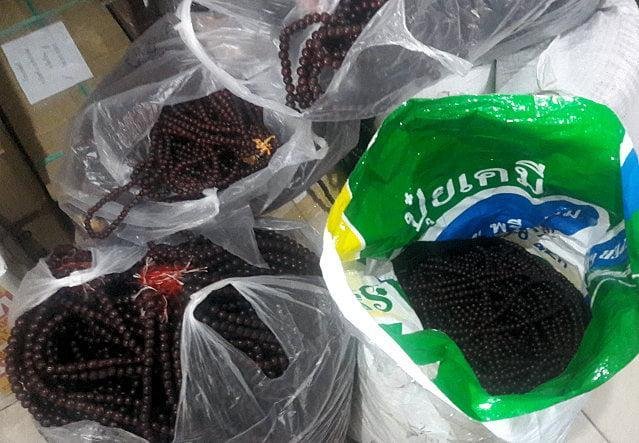
3) Modern Buddhist Prayer Beads are made as Beautiful Fashion Jewelry
Either pre-made in China or produced out of individual components allows for a wide variety of custom designs of some amazingly beautiful items of fashion. These items tend to find their way into high end fashion retailers, customer jewelry design shops or to the online markets.
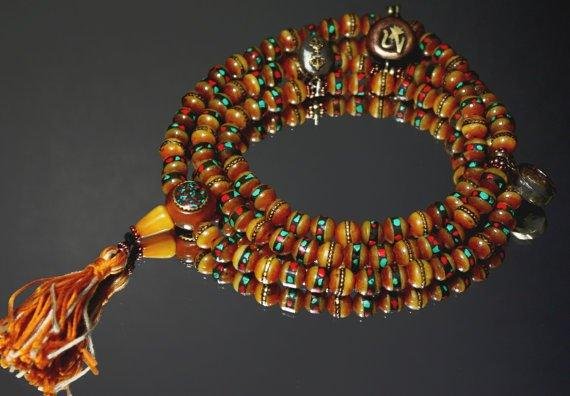
Traditional Vs. Modern way of making Buddhist Prayer Beads: Which is Better?
Even what is defined now days as ‘Traditional Buddhist Mala”, has changed and been adapted by the many cultures and traditions as it spread throughout Asia. While it is true to say that these adaptations occurred over a thousand years ago, there is still a variety of designs found within traditional Buddhist Prayer Beads used in Buddhist Asian countries. Although within each of these cultures, the spiritual representatives of Buddhism (the Monks) almost exclusively wear the same basic and simple design on Mala.
The western Yoga and New Age adaptions can be seen as the next step in Mala evolution and represent the Western philosophies and interpretations of the Asian and Buddhist beliefs. The use of mass production methods by China and cheaper and more variety of materials, has allowed the new trend of Mala manufacturers and wearers to add some personalized glitz and glamour to it’s construction.
Which type of Mala is best really depends on your own personal philosophies. A Monk would not wear a Yoga Mala made by an American practitioner, and it is doubtful many western spiritual seekers would find much beauty in plain wood Buddhist Mala’s.
The important concept to be aware of when deciding for yourself is do you define yourself as a Buddhist and want to use Buddhist Tradition? Or have you adopted a blend of different Eastern philosophies and constructed your individual worldview that suits who you are? If you want the traditional and original article – your choice is a plain wood, seed or stone Mala. If you believe that each culture, spiritual or magical tradition/belief has its own truth which is compatible with who you are – a Yoga type Mala is your better option.
Find out What are Buddhist Prayer Mala Beads

